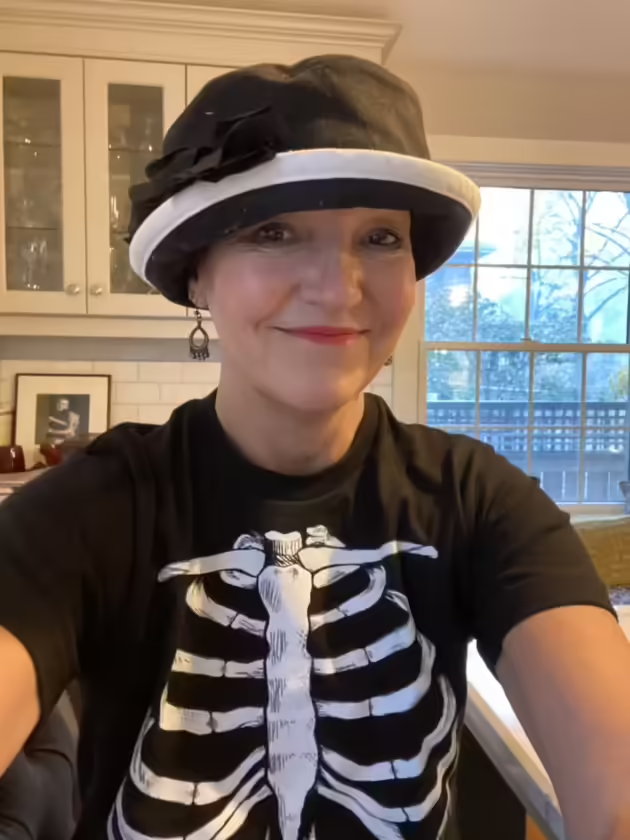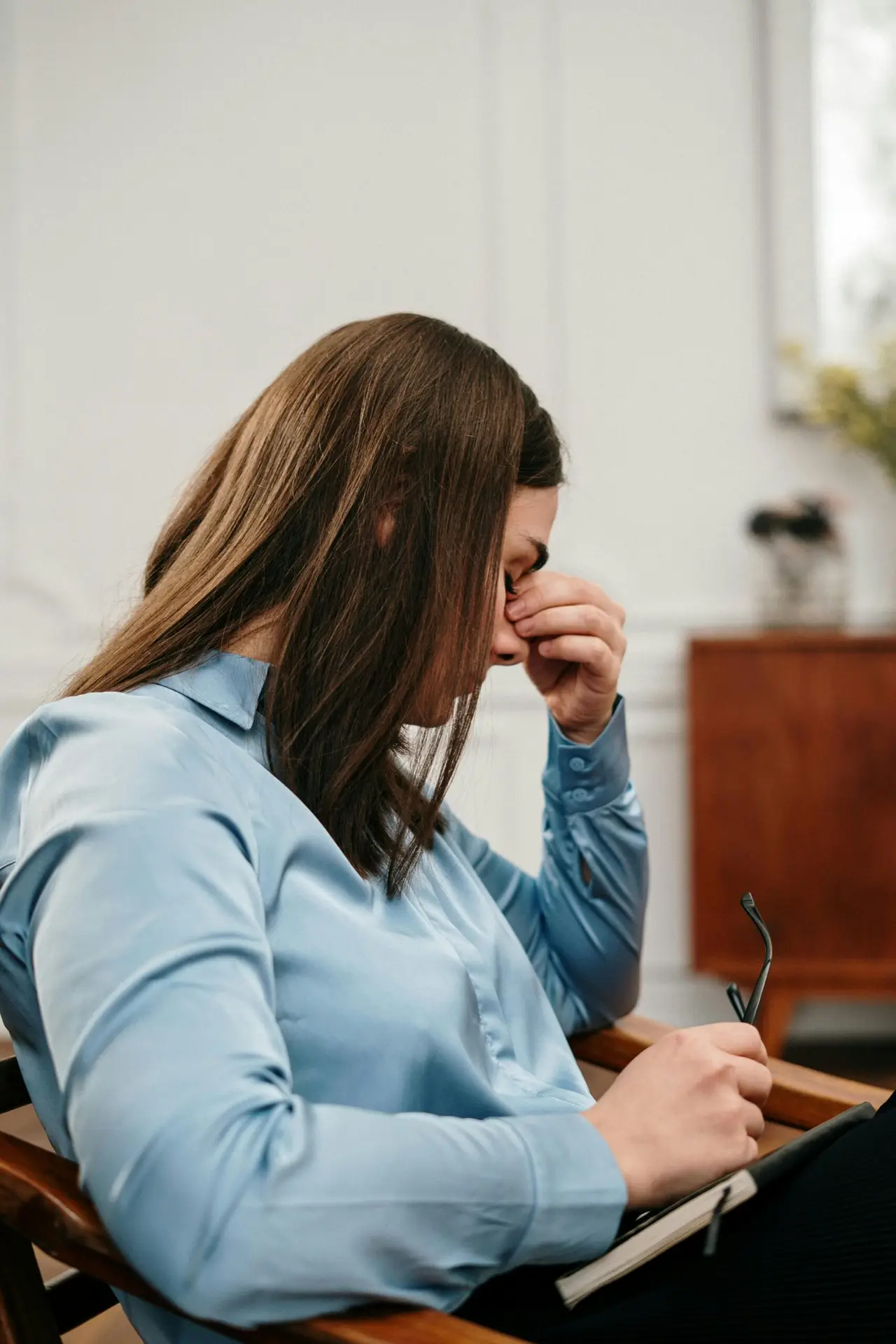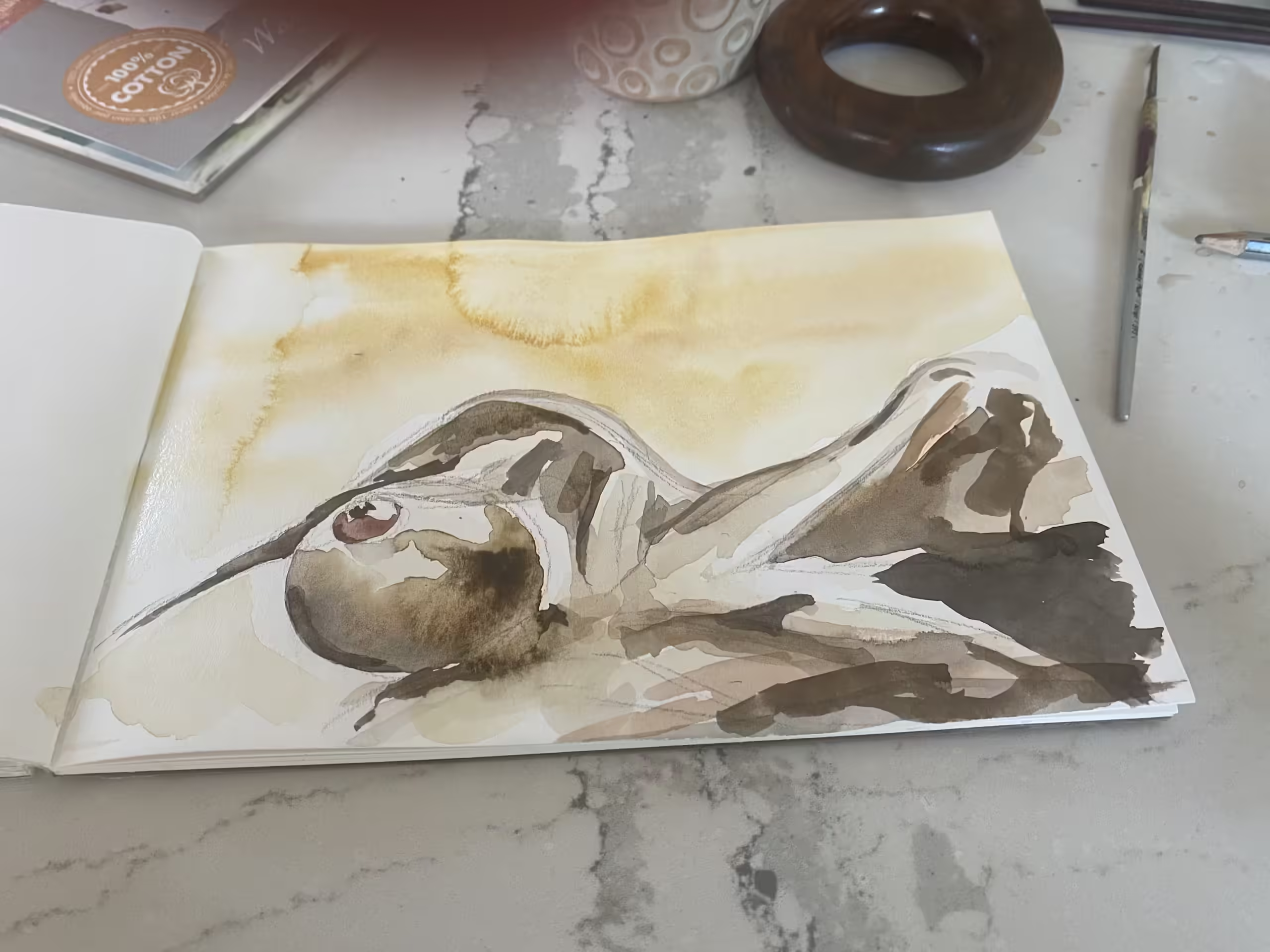I had never even heard of the word lymphedema before I found myself on my breast cancer journey. Now, because I’ve had lymph nodes removed and radiation to my left armpit (because two of those nodes had cancer in them), I’m at risk for this condition and will be for the rest of my life.
The body’s lymphatic system is pretty cool. It is a network of organs, tissues, vessels, and nodes that filter and circulate lymph throughout the body. Lymph is a clear fluid that contains a high concentration of white blood cells and plays an important role in the immune response. It also maintains fluid balance and plays a role in absorbing fats and fat-soluble nutrients.
There are 500–600 lymph nodes throughout the body. We’ve all experienced them at work — you know, those lumps that develop when you get a sore throat? These nodes swell in response to infection due to a buildup of lymph fluid, bacteria, or other organisms and immune system cells.
The lymphatic system returns excess fluid and proteins from the tissues that cannot return through the blood vessels. The fluid often collects in the tiny spaces surrounding cells, known as the interstitial spaces. Small lymph capillaries connect these spaces to the lymphatic system.
Around 90% of the plasma that reaches tissues from the arterial blood capillaries returns through the venous capillaries and veins. The remaining 10% travels through the lymphatic system. When that fluid processing is disrupted, it can result in localized swelling, known as lymphedema.
During breast cancer surgery, lymph nodes are typically removed and sampled for metastasis. Lymph nodes act as the gateway to the rest of the body and are typically the first place the cancer will spread. The larger the tumor, the more likely there will be lymph node involvement. In my case, although I had three tumors in my left breast, one 4.5 cm in size, early imaging indicated that there was no lymph node involvement. As I had both my breasts removed, my surgeon recommended taking sentinel node samples from both the left and right side.
It was only after pathology that it was determined I had microscopic deposits of cancer in two of three nodes removed from my left side. That turn of events sent me off to chemo. In the past, they would have gone in and done a full removal of all lymph nodes (called an auxiliary clearance) but my surgeon and medical radiologist agreed that given small amount of cancer found, radiation would be the best course of action. I was grateful for this news, as the removal of additional lymph nodes would have increased my risk of lymphedema significantly.
According to the Canadian Cancer Society, these are some possible signs you may be developing lymphedema. They include swelling in an arm or leg, which may include the fingers or toes, a feeling of fullness, puffiness or heaviness in the arm, leg or genital area, aching or burning feeling in the limb, a tight or warm feeling in the skin of the arm, leg or genital area, trouble moving a joint in the arm or leg, hardening or thickening of the skin, feeling that jewellery or clothes are tight.
If you experience any of these symptoms or feel at risk, please see your doctor immediately.
According to Johns Hopkins, 1 in 5 (20%) of women treated for breast cancer will develop lymphedema. While I was told by my surgeon that my risk of developing lymphedema is fairly low, I do take precautionary steps, because the risk is not zero. For instance, I was fitted for compression sleeves for both arms and wear them when I fly. These sleeves put a controlled amount of pressure on different parts of the arm or leg to help move lymph and keep it from building up.
I maintain a low BMI, eat well and am physically active. I’ve written about my passion for fitness often and it figures prominently in my book Flat Please, Hold the Shame. I am a big believer in moving your body daily for a multitude of reasons.
I also had an assessment by a massage therapist trained in lymphatic massage to determine if I required manual lymphatic drainage (I didn’t but I did get a nice soothing massage). MLD is a form of massage where the therapist lightly rubs, taps and strokes the soft tissues of the body. This improves drainage from the limb by clearing out the main lymphatic pathway. During my visit, she provided me with guidance on how to perform Manual lymph drainage (MLD) myself.
If you have lymphedema and are looking to manage it, are seeking support, or want more information about this diagnosis are some resources:
https://www.uofmhealth.org/conditions-treatments/surgery/lymphedema-surgery




